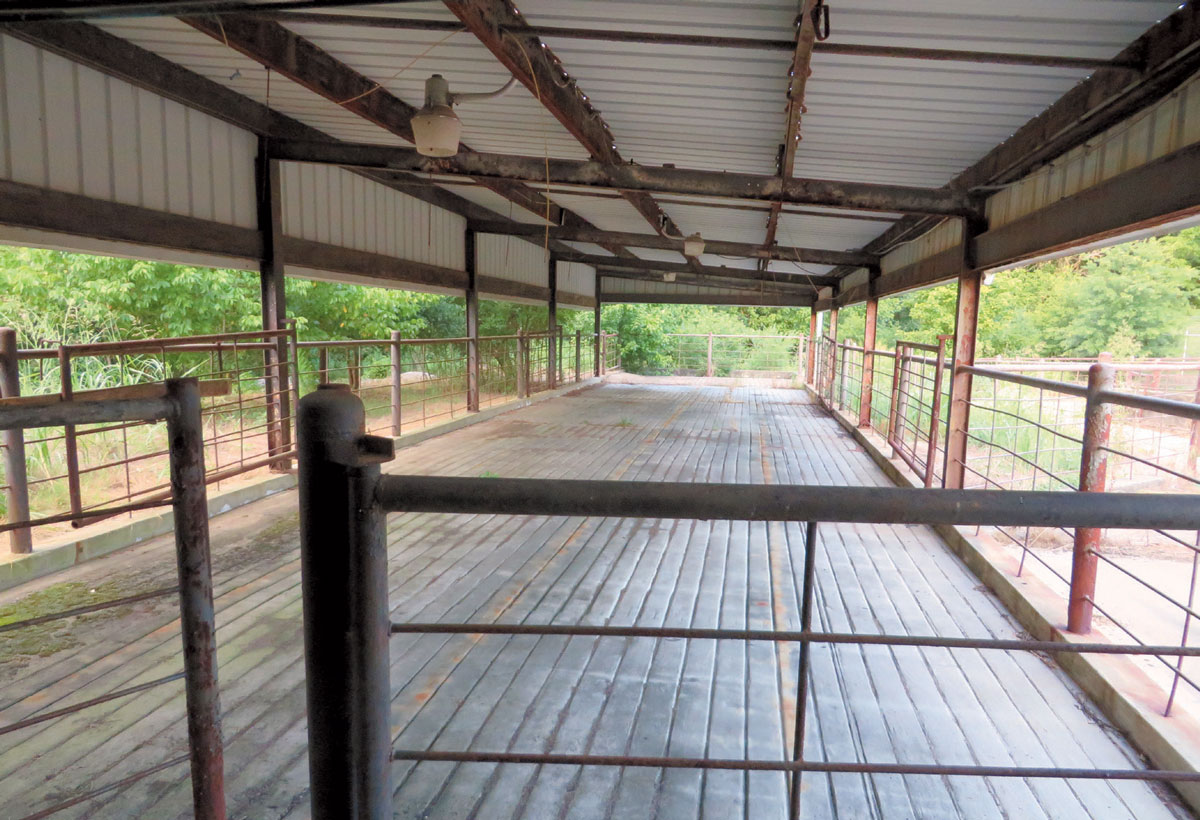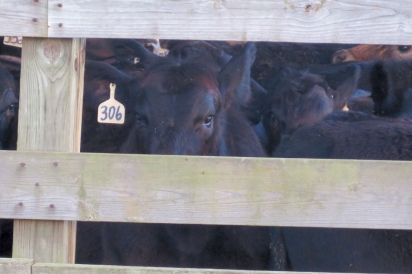Pleasant Pastures
Quiet Innovation from an Unexpected Source
Under normal circumstances, I would not entrust my culinary wellbeing to a protestant fundamentalist. My bias is rooted in prohibition: if we cannot agree that a Porterhouse achieves its highest and best self only when accompanied by a Malbec, it is preferable that we part before dinner as friends rather than dine together as enemies. But with my bias in mind, I offer a story as my own counterpoint. In Greenville, SC, in 1990, we all should have trusted the palates of some teetotalling Upstate residents, and they gave our community something worth our collective reminiscence. I would know. I was there.
In the summer of 1990, after saying farewell to the dread years of middle school, I worked on a farm, mostly for free. This arrangement had been orchestrated by my father under the consensus that my character was being built. I traded the Bugle Boy khakis of my school year for acid wash jeans and high-top Nikes, rode shotgun beside another hired hand in a beat-up Ford F-250 and tried between jobs to catch Warrant on the crackly dial radio. Behold, Vanilla Ice shakes hands with Green Acres.
The particular site of my revenue-impaired character construction was then a 600-acre farm on the banks of the Enoree River, split down the middle by the Simpsonville-Fountain Inn town line and with a white brick sign at the corner of Coachman Drive and Stewart Road announcing the public’s welcome to Pleasant Pastures. Depending on your worldview and taste for alliterated naming conventions, the sign either welcomed you to our agricultural world or suggested an appropriate film set for bovine-based horror.
Behind the sign rolled a working farm and a teaching facility, a satellite classroom of Bob Jones University, hosting a fistful of labs and classes during the academic year. It could be a busy place, sometimes literally buzzing with aviation students practicing their rural touchdowns on the Bermuda grass landing strip on the hill. Erstwhile, you could find a busload of agriculture and pre-veterinary students alternating between classrooms and field experience with cows and crops. But the pervasive quiet of academic summertime settled on the farm for three months every year when a few hired helpers remained to bale the year’s hay, mend some fence and tend to the dairy and beef herds.
It was in that particular summer quiet that my personal recollections of South Carolina farm work intersect with the food history of the Upstate. Bob Jones University, from its Depression-era inception through the early 2000s, internally sourced and prepared three square meals a day for the resident student body and much of its faculty. It was in 1990 that the food service team directly connected the milk produced by the dairy farm to the consumption of students at the school. In hindsight, it was a bold decision, one made well past the golden era of insourcing and vertical supply chain integration, but also made well ahead of our current cultural interest in the local and thoughtful sourcing of our food. Although the particular Christian fundamentalism of Bob Jones may pride itself in being unswayed by the culture of the moment, their timing here was trendsetting.
At the farm that summer a cinder-block addition went up quickly, directly conjoined to the milking parlor of the dairy barn. In this new arrangement, the milk would travel less than 50 yards between udder and bottle. Some creative dealmaking sourced small-scale pasteurization and homogenization equipment from a dairy processing facility that was closing up north. New staff learned the tricks of the trade, and everyone had the chance to lend a hand. I remember moving early batches into the bliss of the cold storage room, and seeing my mother behind a microscope in the food lab. Of critical import, a mysterious old man accompanied the used dairy equipment from its original home, and along with process know-how, he brought a recipe for chocolate milk. The recipe provided a foundation, the ingredients were sourced, and the staff began to tinker. And oh, the results.
What began as food supply for the student dining facility soon earned a broader market. In the student center and at a retail location by the back gate of the campus, Pleasant Pastures milk was on sale and began to build a brand following. Even now, Greenvillians of a certain vintage will occasionally bring up “that Bob Jones milk,” with no 2% lowfat inhibitions, just cream and chocolate and joy in a glass. It almost rolled out of the jug and made a lipid smack on the bottom of the cup, so viscous and rich that Willy Wonka himself would have been proud. The 130 Holsteins that were my teenage companions were sudden and unsuspecting contributors to the Greenville food community.
The contribution was not permanent, but a joy while it remained. Sometime long after my free labor had moved on, the old man’s chocolate source became too expensive or too inconsistent, the instructional mission of the farm declined and the milk production became fiscally incoherent. Some of the fields that I walked 25 years ago have become backyards, and though the dairy barn still stands, it is now only a quiet home to a few beef cows tended by two men named Dave. But for the years that those happy Holsteins could give to Greenville, they gave something worthwhile.
And now, I wonder sometimes what I am willing to miss in our community because I discount the source. If the classroom farm of a conservative Christian university produced the best dairy products in our community’s recent memory, what other greatness is arriving unannounced? What food are my neighbors ready to share with me? Am I ready to receive it? If food is actually its highest and best when shared, the chocolate milk of 1990 insists that I make room at my table.







